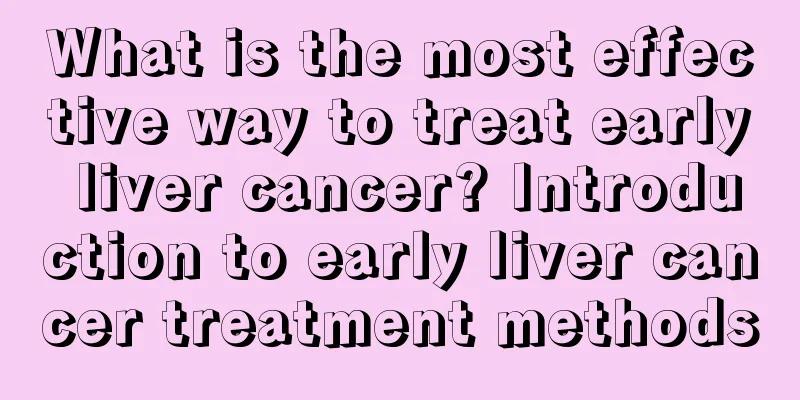What are the adverse reactions of paclitaxel in ovarian cancer chemotherapy?

|
As a naturally extracted compound, paclitaxel can be used for chemotherapy of ovarian cancer with good efficacy. However, paclitaxel can produce some adverse reactions, and patients should pay special attention to it. 1. Bone marrow suppression : Increasing chemotherapy doses can aggravate the inhibitory effect of paclitaxel on the bone marrow. More than 50% of patients experience leukopenia, which generally occurs 8-10 days after treatment, but often recovers on its own within 15-20 days, and the recovery is relatively complete. The decrease in leukocytes is not cumulative, and the damage of paclitaxel to immature hematopoietic cells is temporary and reversible. 2. Thrombocytopenia : The incidence is about 14%, and platelets can reach the lowest value on the 8th or 9th day after chemotherapy. In addition, a small number of patients may develop anemia, and the incidence and severity increase with the increase of paclitaxel dose. 3. Allergic reaction : Allergic reactions caused by paclitaxel are mostly type I allergic reactions, including dyspnea, urticaria, hypotension, facial flushing and rash caused by bronchospasm, etc., and allergic reactions occur in about 35% of patients. Among them, patients with severe reactions usually develop allergies within 2-3 minutes of taking the drug, and most patients experience it during the first or second use of the drug. Allergic reactions can completely disappear after the patient stops taking the drug, and generally will not cause the patient's death. 4. Arrhythmia : Paclitaxel can induce arrhythmia, and patients may show asymptomatic bradycardia, which mostly occurs during drug infusion and has a low incidence. 5. Neuropathy : Paclitaxel can cause neuropathy, with an incidence of about 30%. Patients mainly experience sensory nerve disorders, such as numbness and paresthesia. The symptoms may worsen with increasing doses. A small number of patients may develop epilepsy. 6. Arthralgia and myalgia : Paclitaxel chemotherapy may cause patients to experience obvious myalgia and arthralgia, with an incidence of about 60%, of which 10% are severe pain, which may affect the joints of the arms and lower limbs. It often occurs 2-3 days after medication and can be recovered within a few days. 7. Gastrointestinal reactions and liver damage : The gastrointestinal reactions of patients are mostly nausea and vomiting, and some patients have loss of appetite and diarrhea. Liver function damage is mainly manifested by increased bilirubin, increased alkaline phosphatase and increased serum transaminase. |
<<: Breast cancer patients can eat Tripterygium wilfordii, oyster and seaweed soup
>>: Advantages of Fluorescent Cystoscopy for Bladder Carcinoma in Situ
Recommend
What are the treatments for vitiligo?
All patients want to know how to effectively trea...
Can moxibustion cure cough
There are actually many ways to treat cough, but ...
What time is the best time to go to bed at noon
If the human body spends half of its time resting...
What should patients with brain cancer pay attention to in their daily lives?
What should patients with brain cancer pay attent...
What are the functions and effects of enzyme green plum, and what are its main characteristics?
I believe most people know that losing weight is ...
Recommended Chinese medicine for liver nourishment
Whether the liver is healthy directly affects a p...
The effect of soaking feet with mugwort and ginger is so magical
Soaking your feet with mugwort and ginger togethe...
Causes that induce the formation of melanoma
Melanoma is a very common phenomenon in life. Aft...
What are the effects and functions of eucalyptus essential oil?
Eucalyptus essential oil is a common way of healt...
What is the formula for acne-removing handmade soap?
Acne is a skin disease that can be caused by endo...
What to do if lower limb edema recurs 4 years after uterine cancer removal
For patients with uterine cancer, there are actua...
How to drink honey water better
Honey is a natural drink, famous for its purity a...
What are the causes of high incidence of tongue cancer
In recent years, lobster restaurants have develop...
Are there any early symptoms of liver cancer? Beware of these symptoms of early liver cancer
The symptoms of liver cancer are not obvious in t...
Can I do scraping on my waist?
Back pain is a common phenomenon in daily life, w...









